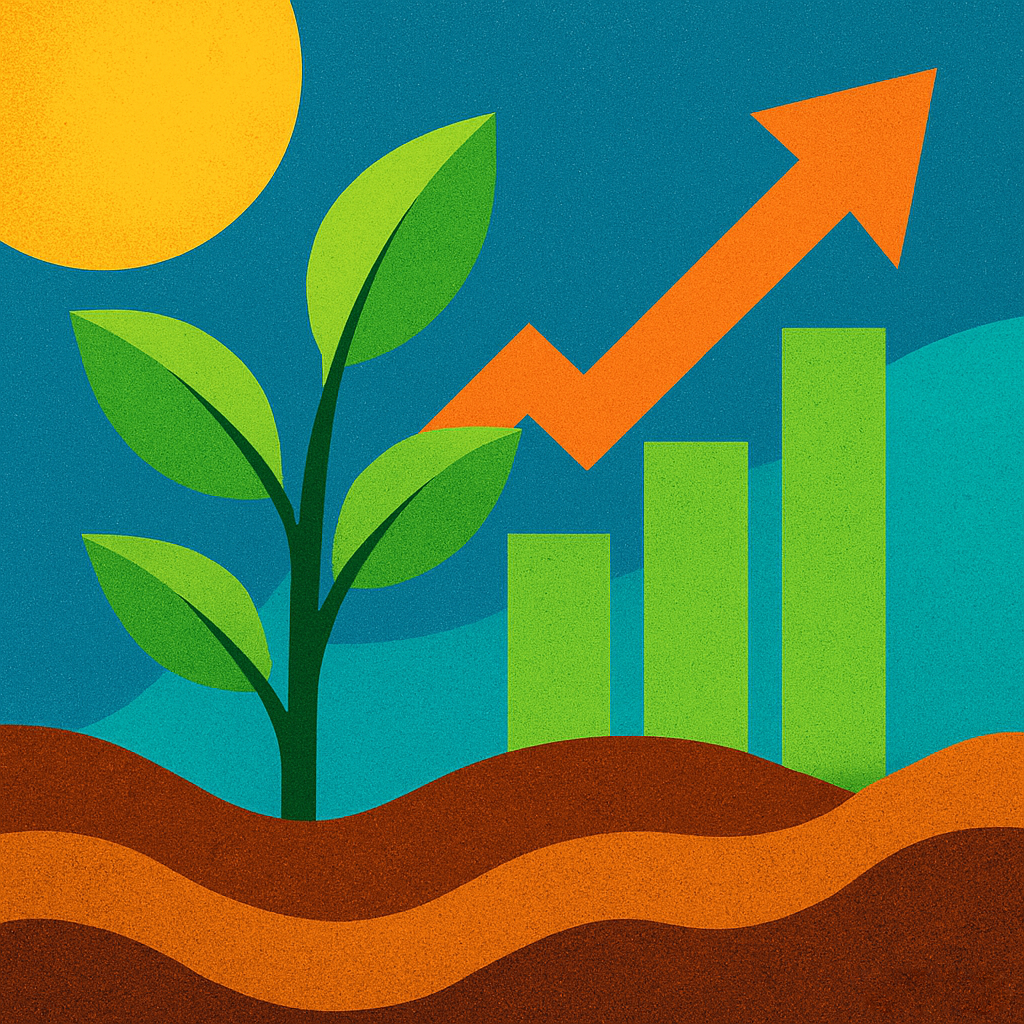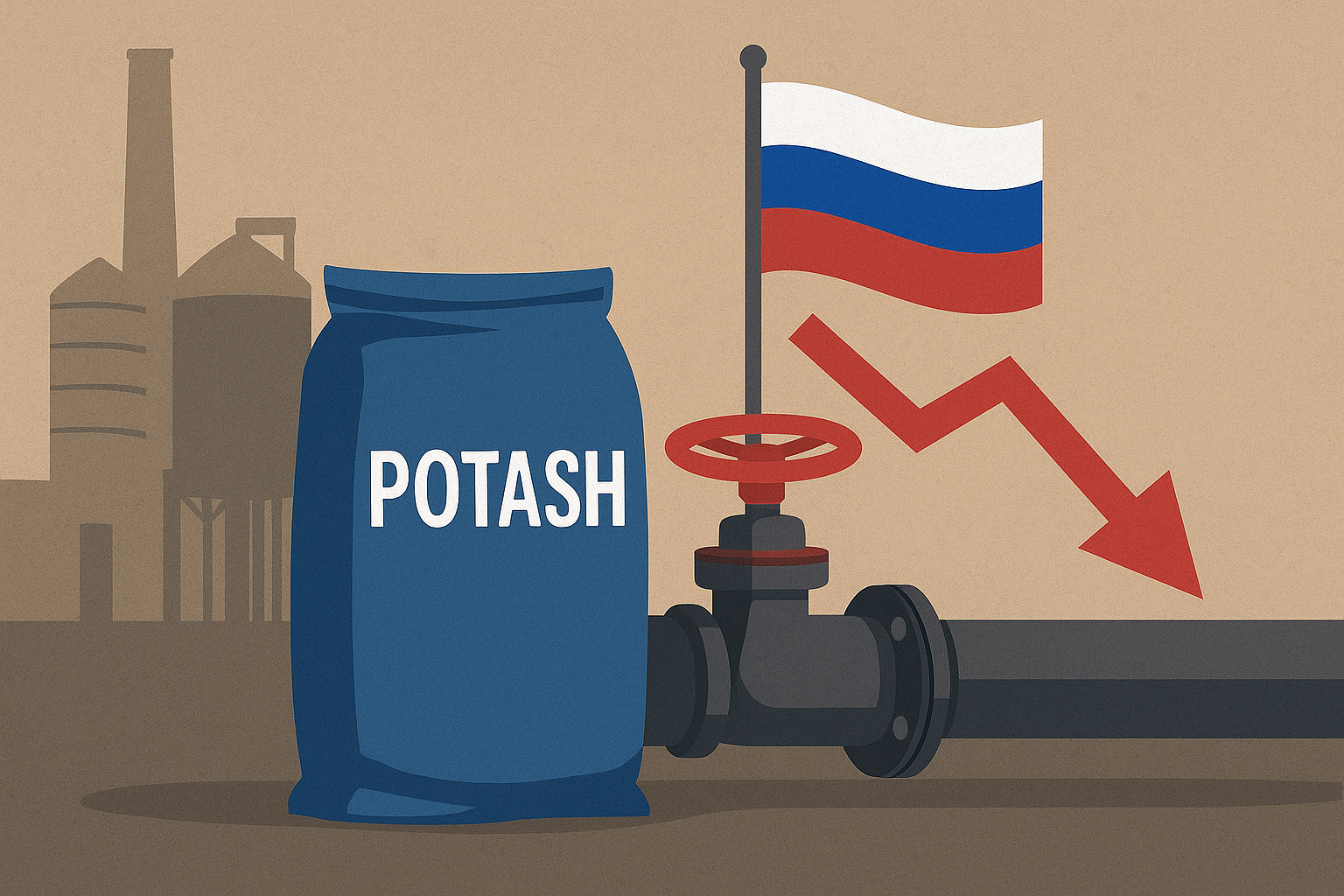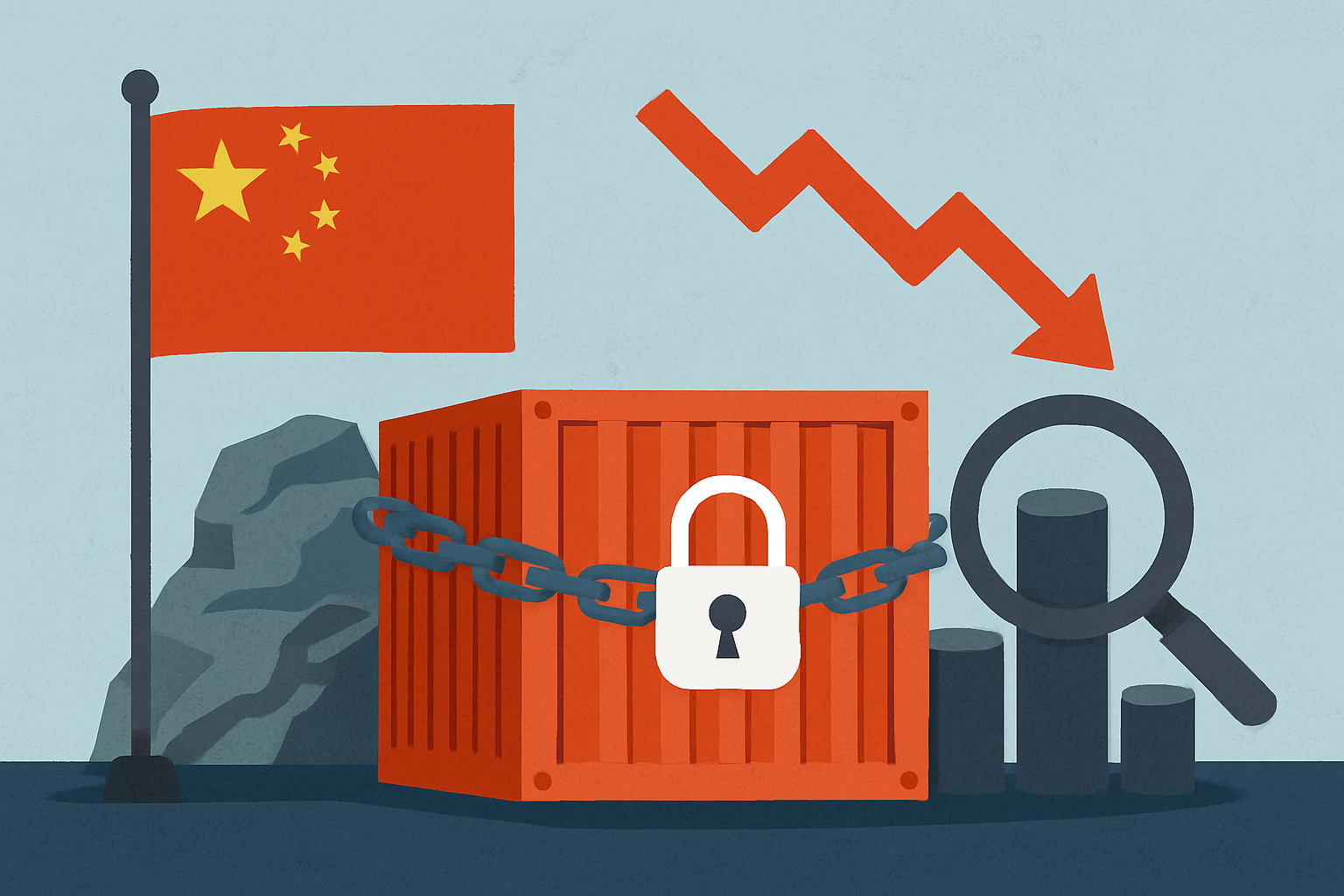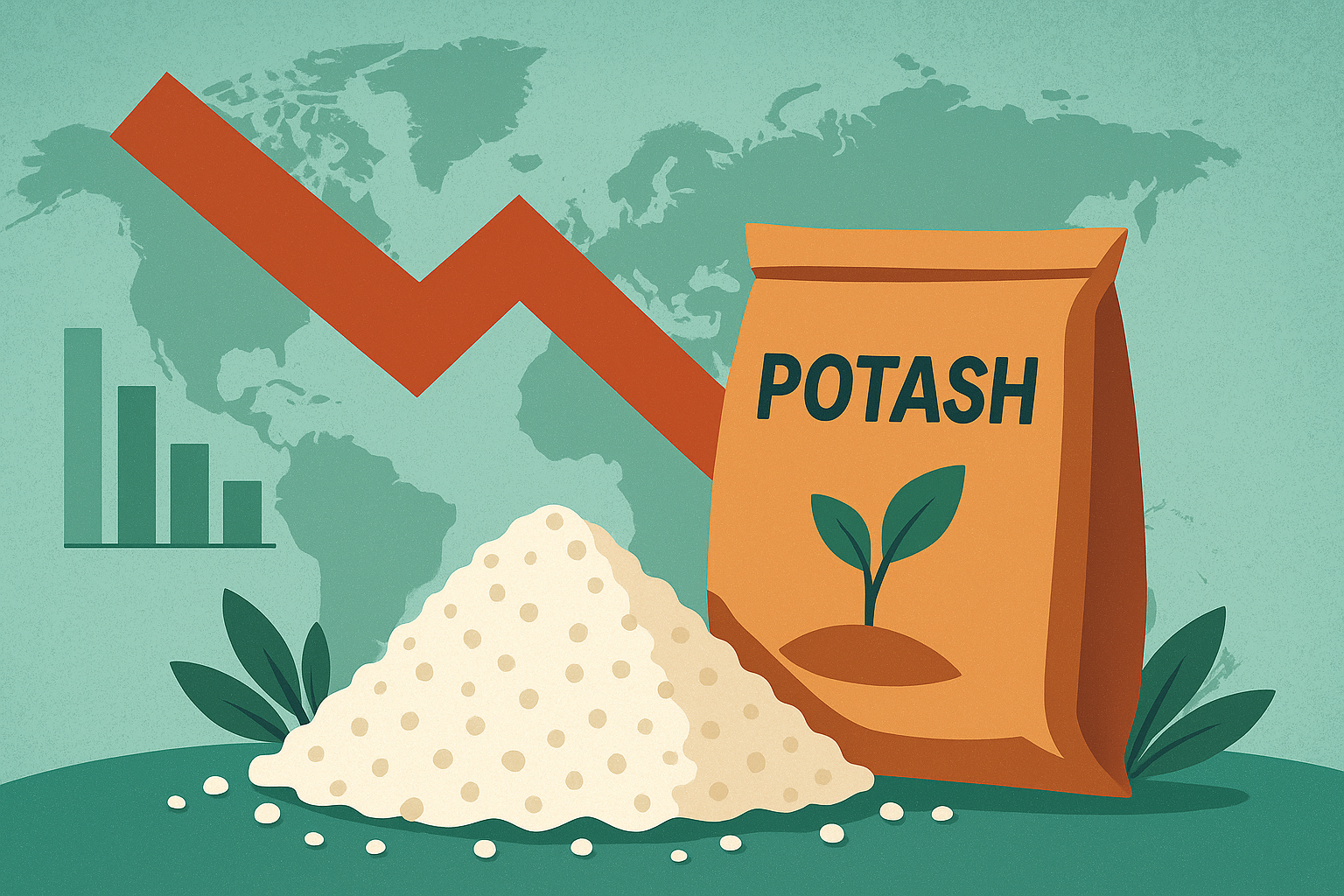Global fertilizer markets are once again commanding investor attention, as shifting agricultural demand, tightening supply chains, and policy signals converge to support higher pricing. Among industry leaders, Mosaic Company (NYSE: MOS) is standing out: according to recent commentary from Zacks, the fertilizer giant is benefiting from a potent mix of robust market demand, improving potash prices, and cost discipline—all of which have bolstered its near-term earnings outlook. For investors navigating volatile commodity cycles, Mosaic’s trajectory offers critical insights into both the health of the agricultural sector and the resilience of the potash market.
Why Investors Are Watching Fertilizers Again
Fertilizer markets have been volatile over the past three years, shaped by pandemic-driven logistics disruptions, energy price surges, and geopolitical events impacting production hubs such as Russia and Belarus. These shocks elevated potash and phosphate prices to multi-year highs, before corrections in 2023–2024 softened margins for global producers.
Now, signs of stabilization are emerging. Industry analysts note that demand for fertilizers remains steady, underpinned by resilient crop planting in key markets like Brazil, India, and North America. According to Mosaic’s disclosures and Zacks’ analysis, this demand is being met with a modest rebound in potash pricing, which is helping restore profitability after a period of margin compression.
For investors, this signals that the supply-demand balance in potash—a critical input for crop yields—remains structurally tight, even as global markets adjust to new cost realities.
Mosaic’s Tailwinds: Demand, Pricing, and Cost Discipline
Mosaic’s performance illustrates how a well-positioned producer can capture upside in volatile commodity cycles. The company’s latest financials highlight three main drivers:
- Sustained Fertilizer Demand – Mosaic continues to see strong sales volumes, particularly in the Americas and Asia, where crop fundamentals are robust. Food security remains a global policy priority, which supports baseline fertilizer demand even during cyclical slowdowns.
- Potash Price Rebound – Benchmark potash prices, including CFR Brazil levels, have shown signs of recovery after bottoming out. While still below 2022 peaks, this rebound adds meaningful revenue leverage for Mosaic, whose portfolio has significant potash exposure.
- Cost-Cutting Initiatives – Mosaic has been implementing internal efficiencies to manage input and energy costs. These measures have improved margins, demonstrating resilience even in a softer pricing environment.
According to Zacks, these combined factors have provided Mosaic with positive earnings momentum, reinforcing its position as a top player in the fertilizer sector.
Why This Matters for Investors
The broader implication is that potash remains an essential commodity with durable demand drivers. While news flow around potash has been quieter compared to other critical minerals, Mosaic’s performance shows that price stability and supply constraints are still shaping the sector.
Investors should pay particular attention to the company’s upcoming quarterly results, which will serve as a key indicator of how potash pricing is translating into margins. Beyond Mosaic, the ripple effect extends to junior and mid-cap potash developers, particularly in North America and emerging markets. Policy moves—such as the U.S. draft proposal to include potash on its critical minerals list—could further enhance the investment landscape by unlocking incentives and easing permitting.
Future Trends to Watch
- Policy Shifts: Governments are increasingly treating fertilizers as strategic, tying potash to food security frameworks. Policy support could bring capital inflows and regulatory tailwinds for domestic producers.
- Price Monitoring: Potash benchmarks in Brazil and U.S. contract negotiations will remain leading indicators of near-term profitability.
- Exploration and Juniors: Companies advancing projects in Utah, Canada, and parts of Africa may see rising investor interest if pricing support continues.
- M&A Potential: A tighter supply-demand balance may incentivize consolidation or partnerships, especially as majors look to secure long-term resources.
Key Investment Insight
Mosaic’s improved outlook underscores that potash is regaining momentum within the fertilizer cycle. While volatility remains a feature of this market, the underlying structural need for higher crop yields provides long-term support. Investors should monitor both Mosaic’s earnings trajectory and broader potash pricing trends as leading indicators. For higher risk-reward exposure, select juniors could benefit if capital begins flowing back into the sector.
Staying ahead of these developments is crucial in today’s fast-moving resource markets. For more timely analysis and investor insights across commodities, base metals, and critical minerals, continue following explorationstocks.com—your trusted source for daily financial and market intelligence.






